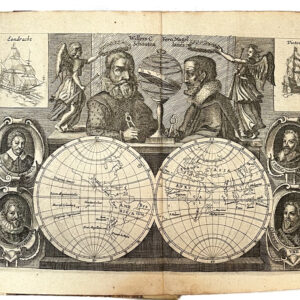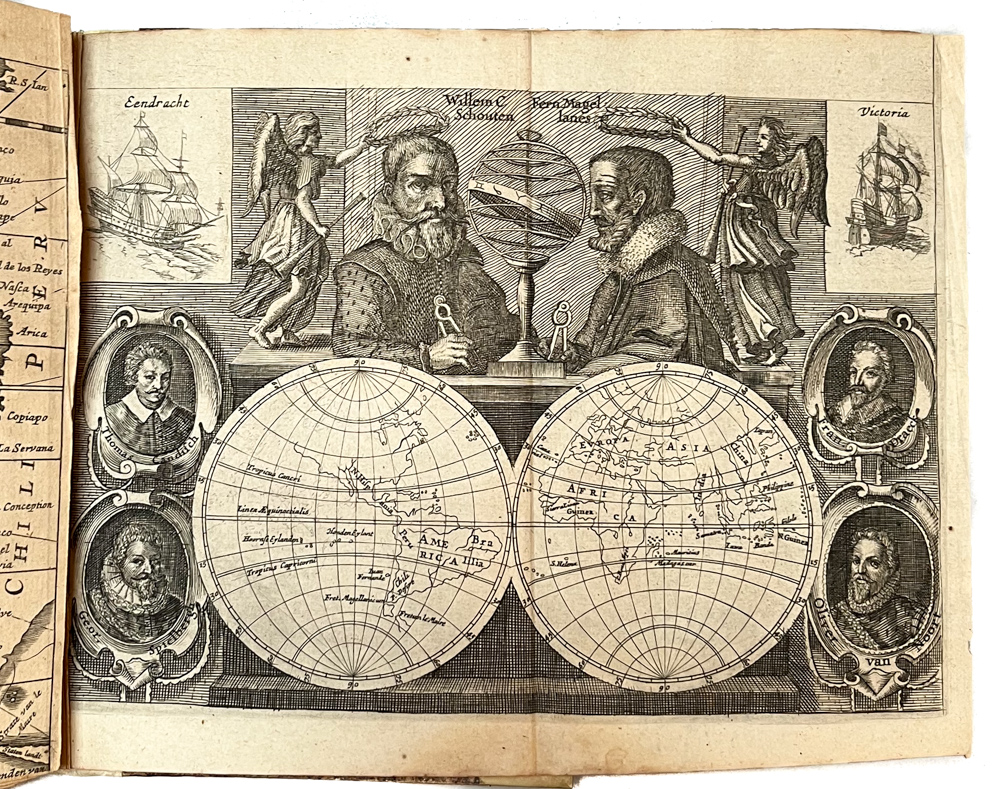Before the Canal: mapping overland routes in Central America. With Tehuantepic and the first geological survey of Panama!
Map of Central America, Shewing the Different Lines of Atlantic & Pacific Communication
Out of stock
Description
This is a handsome map of Central America, including an essential Panama geological survey.
It illustrates the various proposed routes for a land transit that would cut weeks off a journey from the Atlantic to the Pacific. The map shows four possible routes: “Across the Isthmus of Tehuantepec;” “From Port Sn. Juan del Norte to Port Realejo;” “From the Lake Nicaragua to Port San Juna del Sur;” and “Between Charges (Atlantic) and Vaca de Monte (Pacific).”
A large and colorful inset shows the geological formations on the Isthmus of Panama and the planned route in great detail. With the discovery of gold in California, this chart gained particular prominence and was copied in a U.S. government report (Ex. Doc. No. 75 1st Sess. 31st Cong.). This example comes from that report, published in 1852.
Cartographer(s):
James Wyld (1812–1887) was a British geographer and map dealer based in London who had taken over his father’s business at Charing Cross in London.
In his own day, Wyld was best known for his so-called Great Globe, which was a popular attraction that dominated Leicester Square for more than a decade between 1851 and 1862. The enormous globe allowed people to climb an interior staircase and study a scaled topographic model of the Earth on the concave interior.
Above all, however, Wyld was a mapmaker who made his living compiling and selling maps throughout the western world. He also served as a Member of Parliament for Bodmin. In 1838, James Wyld married Anne Hester and their son, James John Cooper Wyld, would later take over the business and become a prolific mapmaker in his own right.
Condition Description
Issued folding with minor toning and offsetting along the folds and a couple tiny splits at fold intersections.
References
Kapp (MCC-73) #114; Kapp (MCC-106) #191.

![[Vietnamese Maps of North America: Mexico, Canada, USA]](https://neatlinemaps.com/wp-content/uploads/2022/04/NL-01262-USA_thumbnail-scaled-300x300.jpg)


